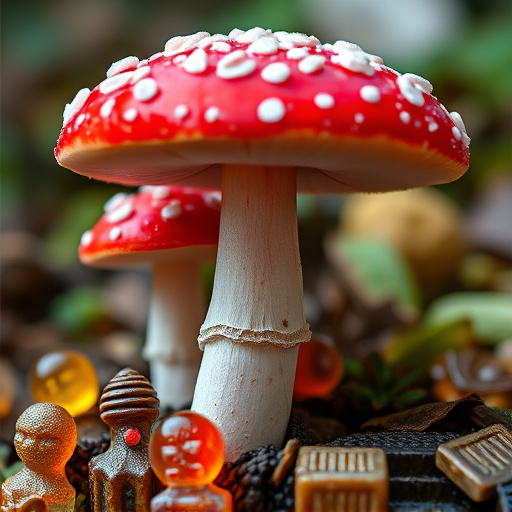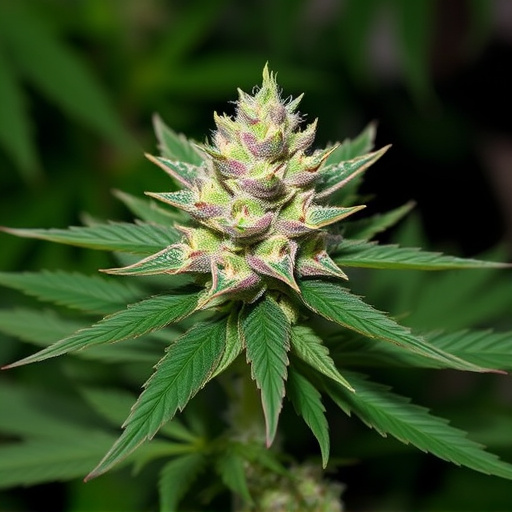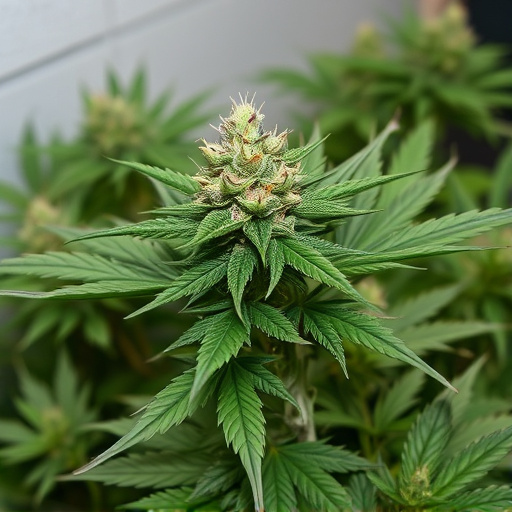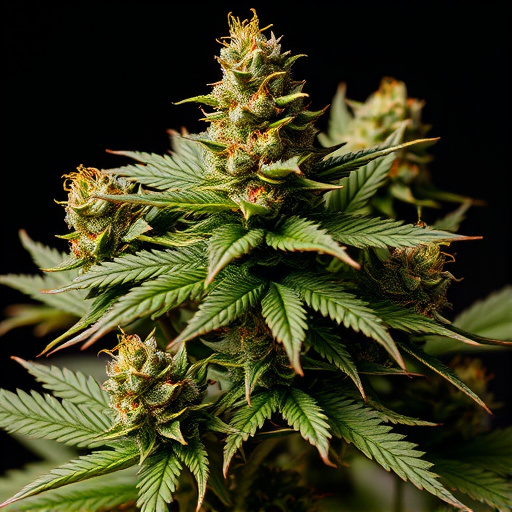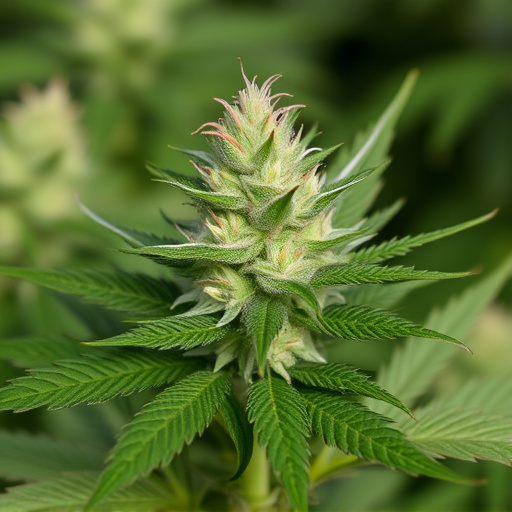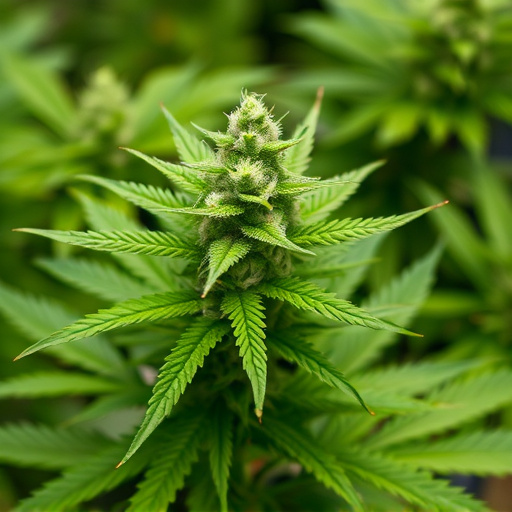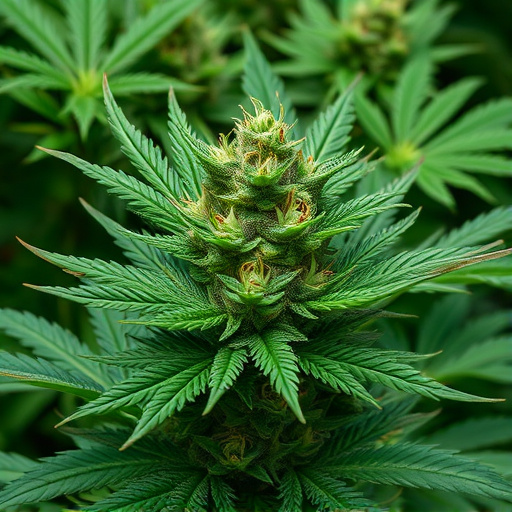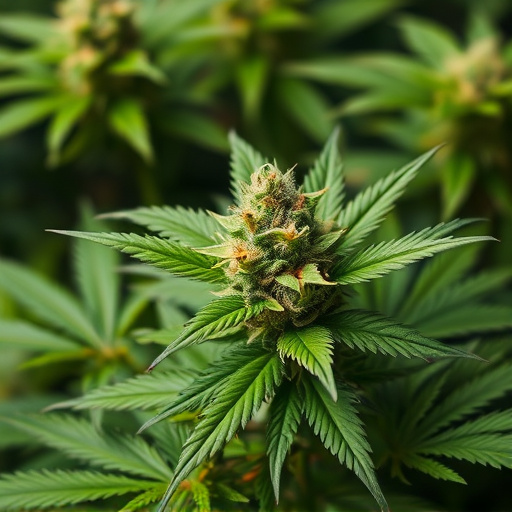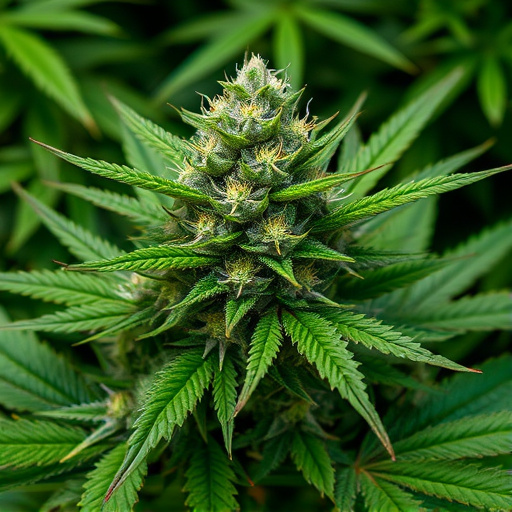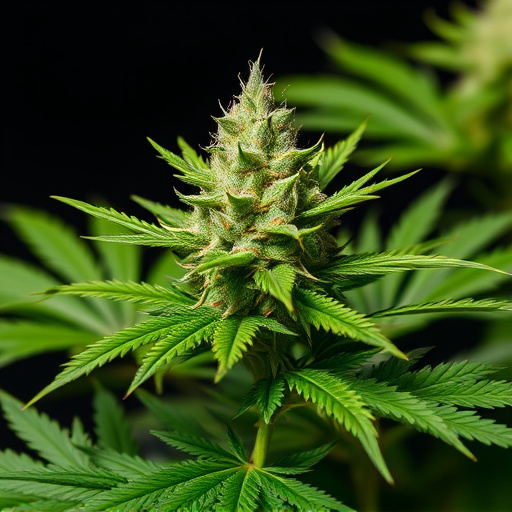Vaporization offers a healthier alternative to burning high THC cannabis strains, releasing volatile compounds and preserving terpenes without combustion byproducts like tar. Traditional smoking methods expose users to potential respiratory risks over time. Vaporizers provide a smoother, controlled experience with adjustable temperature settings, making them a convenient, discreet method for consuming potent strains while minimizing health concerns.
In the world of cannabis consumption, diverse methods offer unique experiences, especially when it comes to high THC cannabis strains. This article delves into the contrasting approaches of vaporization, burning, and edible consumption, uncovering their impact on both potency and health. From the technological marvels of vaporizers to the traditional method of joint rolling, each technique presents distinct advantages and considerations, shaping user preferences and experiences with high-potency strains. Explore these comparisons to navigate your ideal cannabis journey.
- Vaporization vs. Burning: The Impact on Consumption
- – Explore the differences in how these methods affect THC delivery and potential health implications.
- – Discuss the technology and devices used in vaporization, highlighting benefits like cleaner hits and reduced tar intake.
Vaporization vs. Burning: The Impact on Consumption
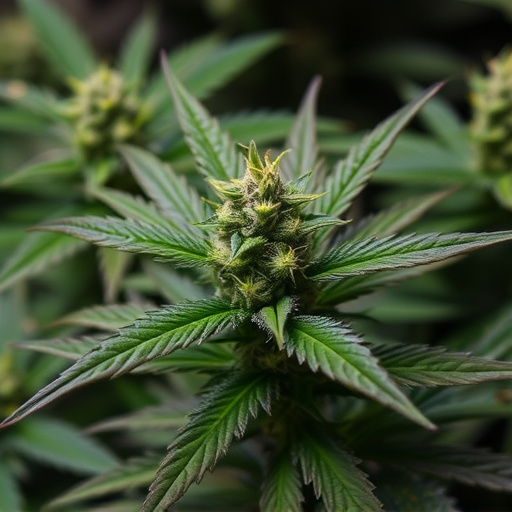
Vaporization and burning are two distinct methods of consuming cannabis, each with its unique impact on the user’s experience and potential health effects. Vaporization involves heating cannabis to a specific temperature, usually below its combustion point, causing it to release volatile compounds and terpenes into vapor. This method is often praised for being cleaner and more efficient than burning. When you vaporize, you avoid many of the harmful byproducts produced during combustion, such as tar and carbon monoxide. It’s particularly beneficial for users looking to maximize the effects of high THC cannabis strains without inhaling irritants.
In contrast, burning cannabis involves igniting the plant material, which releases a variety of compounds, including many that contribute to its unique aroma and high. While this method is traditional and widely used, it can lead to higher levels of tar and other potentially harmful substances in the smoke, especially when consuming high THC strains. These substances can irritate respiratory passages and have been linked to various health issues over time. Vaporization, on the other hand, provides a smoother, more controlled experience, allowing users to enjoy the benefits of cannabis with reduced risk of these negative side effects.
– Explore the differences in how these methods affect THC delivery and potential health implications.
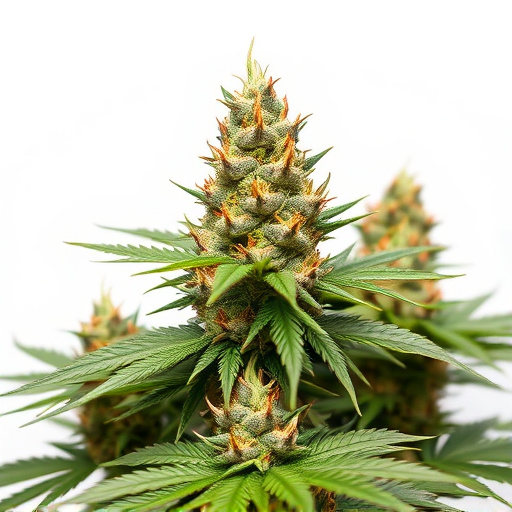
The method of smoking can significantly impact the way cannabis is consumed and its effects on the body. When it comes to high THC cannabis strains, different smoking techniques offer varying levels of THC delivery, each with potential health implications. For instance, vaporization, a popular method among users seeking healthier alternatives, heats cannabis to release active compounds without combustion. This process preserves more terpenes and offers a smoother experience, allowing for better control over dosage. As a result, it can be easier to manage the intake of THC, which is especially beneficial for those new to cannabis or looking to avoid potential negative effects associated with smoking.
In contrast, traditional smoking techniques like joint rolling or pipe use involve burning the cannabis flower directly. This method provides a faster and more intense high since THC becomes airborne as the plant matter burns. While this offers a quicker effect, it may also expose users to higher levels of tar and other potentially harmful byproducts of combustion. Regularly inhaling these substances has been linked to respiratory issues and long-term health problems. Therefore, choosing a smoking method can be crucial for both maximizing the desired effects from high THC strains and minimizing any adverse health outcomes.
– Discuss the technology and devices used in vaporization, highlighting benefits like cleaner hits and reduced tar intake.
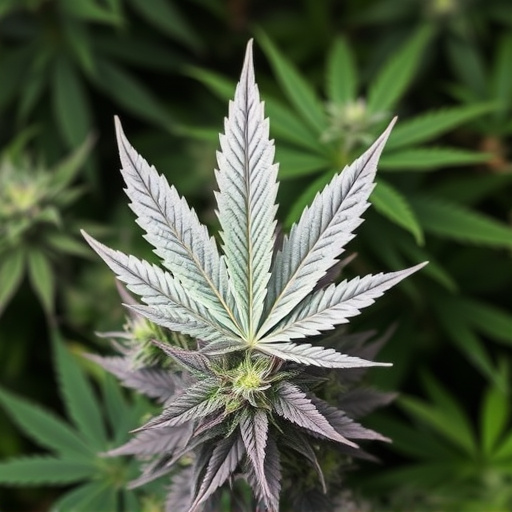
Vaporization, or vaping, is a popular method that involves heating cannabis to release its active compounds without burning. This technology has advanced significantly, offering users a cleaner and more controlled experience. Devices like vaporizers and vape pens use heated air or ultrasonic waves to vaporize the herb, resulting in a smoother hit compared to traditional smoking. One of the key advantages is the reduction of tar intake, as vaporization doesn’t produce the same level of harmful byproducts as combustion. This makes it an attractive option for those seeking to consume high THC cannabis strains without the associated health risks.
Vape devices often come with adjustable temperature controls, allowing users to optimize their experience and target specific cannabinoid profiles. This precision ensures that consumers can enjoy the full spectrum of terpenes and cannabinoids present in high THC strains while minimizing any potential negative effects. The portability of these devices also means that users can access their preferred cannabis varieties on the go, providing a convenient and discreet method for consumption.
In comparing different smoking methods, vaporization stands out as a superior alternative to burning, especially for those seeking the full potential of high THC cannabis strains. By avoiding the combustion process, vaporizers deliver cleaner hits, reduce tar intake, and offer a more controlled experience. This not only enhances the overall enjoyment but also has potential health benefits, making it a wise choice for both casual and avid users.
